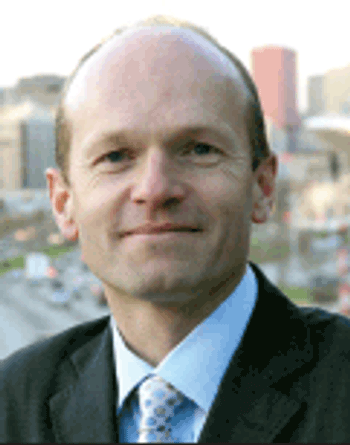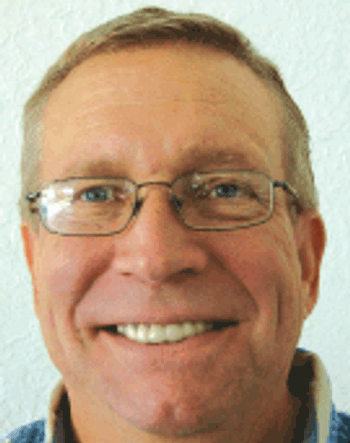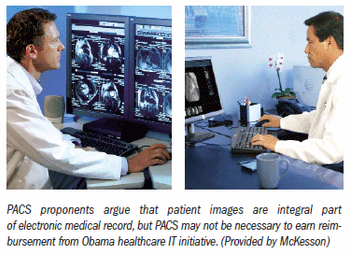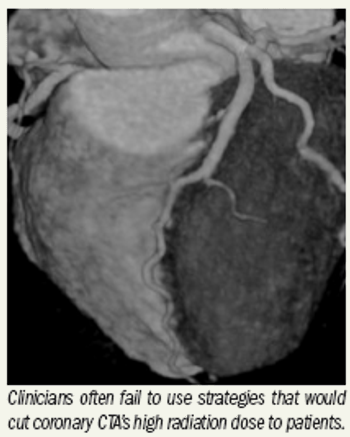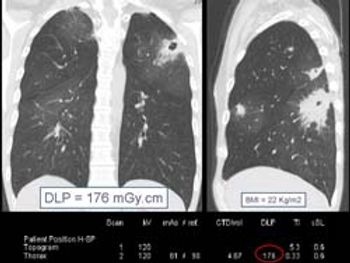
Multiple studies have shown CT colonography to be just as efficacious and cost-effective as colonoscopy for colon cancer screening. Now Italian and U.S. researchers have found that CTC also does something colonoscopy cannot: simultaneously detect colorectal cancer and abdominal aortic aneurysms.























